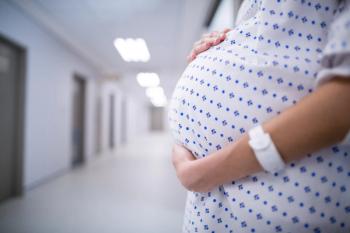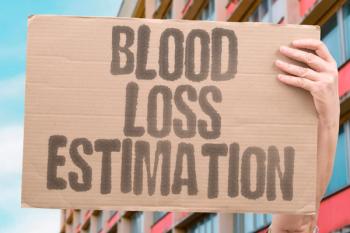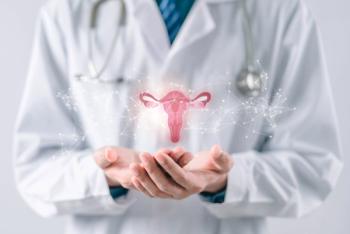
Pelvic organ prolapse surgeries have similar outcomes
According to a recent study in JAMA, neither the sacrospinous ligament fixation (SSLF) nor the uterosacral ligament vaginal vault suspension (ULS) procedure is superior to the other in the treatment of vaginal prolapse and stress urinary incontinence.
According to a recent study in
Researchers at the
At the 2-year follow-up, the surgical group was not significantly associated with success rates (ULS, 59.2% [93/157] vs SSLF, 60.5% [92/152]; unadjusted difference, −1.3%; 95% confidence interval [CI], −12.2% to 9.6%; adjusted odds ratio [aOR], 0.9; 95% CI, 0.6 to 1.5) or serious adverse event rates (ULS, 16.5% [31/188] vs SSLF, 16.7% [31/186]; unadjusted difference, −0.2%; 95% CI, −7.7% to 7.4%; aOR, 0.9; 95% CI, 0.5 to 1.6). Women in the BMPT group had no greater improvements in urinary scores at 6 months (adjusted treatment difference, −6.7; 95% CI, −19.7 to 6.2), anatomic success at 24 months, or prolapse scores at 24 months (adjusted treatment difference, −8.0; 95% CI, −22.1 to 6.1).
The investigators concluded that neither ULS nor SSLF was superior to the other in terms of anatomic, functional, or adverse event outcomes. Similarly, perioperative BPMT showed no improvement in urinary symptoms at 6 months or prolapse outcomes at 2 years.
To get weekly advice for today's Ob/Gyn,
Newsletter
Get the latest clinical updates, case studies, and expert commentary in obstetric and gynecologic care. Sign up now to stay informed.










